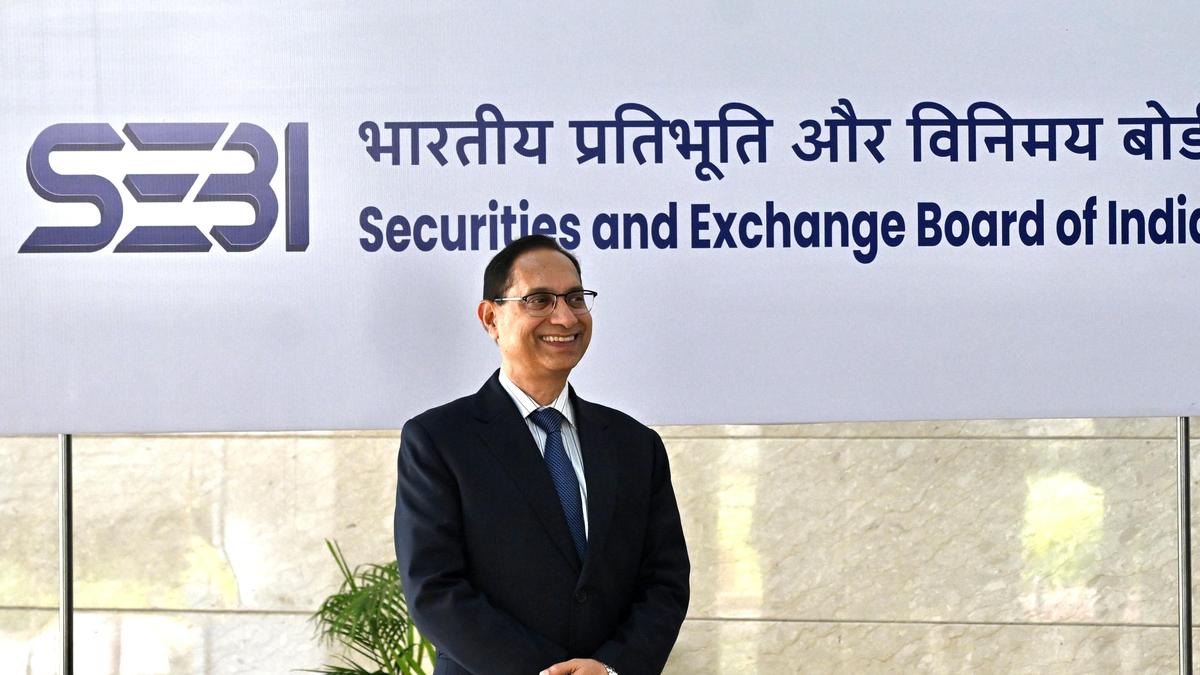Retail traders embrace algorithmic trading
Algorithmic trading, once the domain of big banks and hedge funds, is increasingly popular with retail investors. Better tools, lower costs and wider access to data are making automated strategies attractive to everyday traders looking for efficiency and discipline.
Why adoption is rising
- Accessible technology: Broker APIs, cloud computing and user-friendly platforms let individuals build and run algorithms without heavyweight infrastructure.
- Lower costs: Commission-free trading and cheaper data feeds reduce the barrier to testing and scaling automated strategies.
- Education and communities: Online tutorials, open-source code and trading communities speed up learning and idea sharing.
- Advanced tools: Backtesting engines, paper trading and performance analytics bring institutional-style workflows to retail users.
Common strategies used by retail algos
- Mean reversion and momentum strategies on equities and ETFs
- Event-driven or news-based strategies using simple natural language triggers
- Time-based execution algorithms to reduce market impact
- Pairs trading and statistical arbitrage on correlated assets
Potential benefits
Automation can remove emotion from trading, enforce strict risk controls and execute faster than manual orders. It also allows traders to scale ideas and run them across multiple instruments simultaneously.
Key risks to keep in mind
- Overfitting: A strategy that works in backtests may fail in live markets if it was tuned too closely to historical noise.
- Execution issues: Latency, connectivity problems or broker outages can cause missed fills or unexpected losses.
- Market changes: Structural shifts or low liquidity can wreck strategies that relied on past market behavior.
- Hidden costs: Slippage, borrowed shares for shorting and data fees can erode returns.
Practical tips for retail traders
- Start small: Use paper trading or low capital to validate a strategy.
- Backtest thoroughly: Test across different market regimes and avoid curve-fitting.
- Monitor live performance: Automation still needs oversight—set alerts and daily checks.
- Manage risk: Use stop-loss rules, position limits and diversification.
- Choose reliable infrastructure: Pick brokers and platforms with strong uptime and transparent fees.
Outlook
As tools and education continue to improve, algorithmic trading will likely grow among retail participants. That doesn’t remove the need for disciplined risk management and technical understanding, but it does open new pathways for everyday investors to apply systematic approaches once reserved for professionals.
